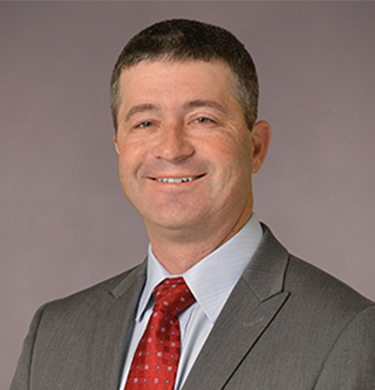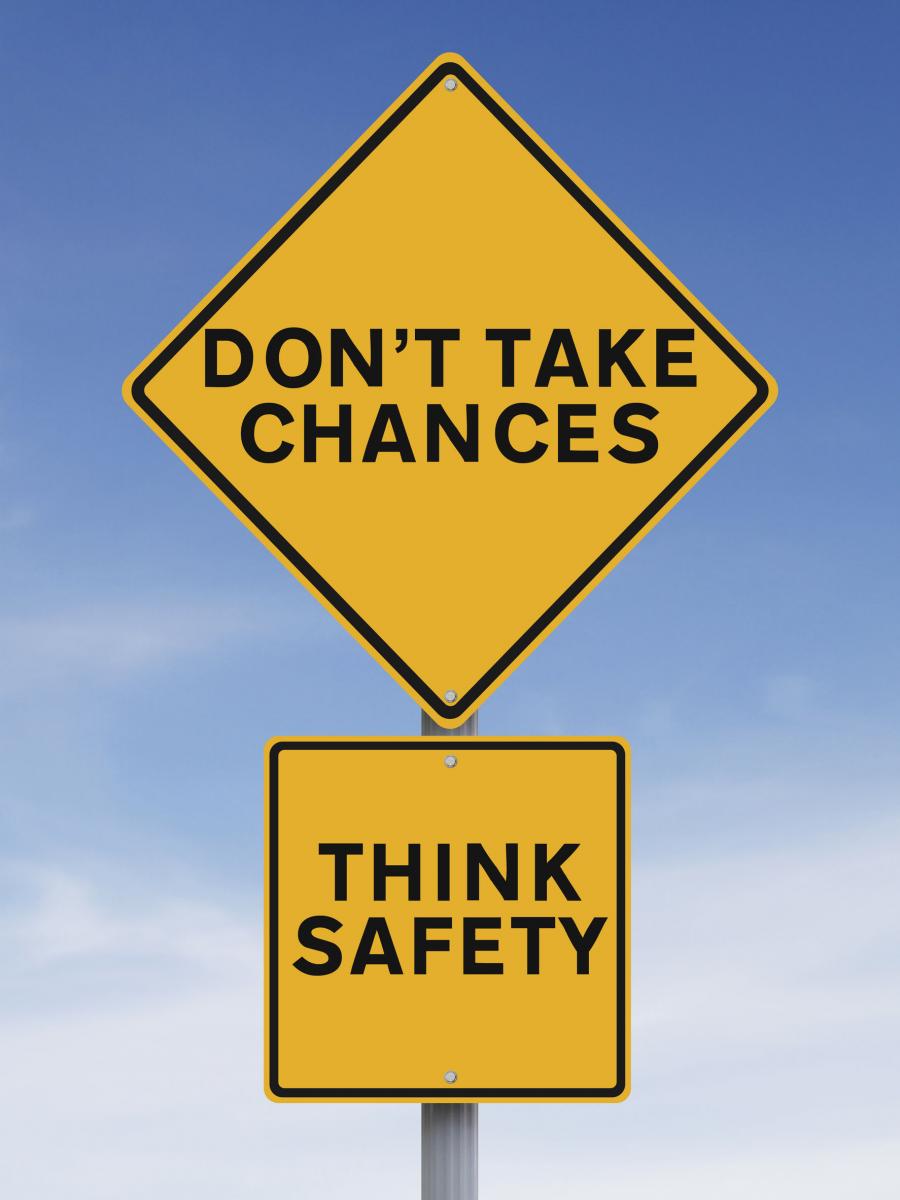Touched by Tragedy: A Champion for Safety
 A safe workplace should be a priority for everyone, whether your job is in an office setting or on a field project. Learning safe work habits includes knowing and following your employer’s policies. But colleagues who set a leadership example by their actions also helps create an atmosphere that emphasizes safety and spreads an understanding of how important it is.
A safe workplace should be a priority for everyone, whether your job is in an office setting or on a field project. Learning safe work habits includes knowing and following your employer’s policies. But colleagues who set a leadership example by their actions also helps create an atmosphere that emphasizes safety and spreads an understanding of how important it is.
We asked Bryan Dick, a Hydrologist and our Ecological Engineering/Geomorphology Practice Lead, based in Winston-Salem, North Carolina, to discuss the value of promoting workplace safety.
What does a safe working environment mean to you?
Everyone makes it home to their family in one piece at the end of the day.
How do you implement safety into your day-to-day work?
I worked on several large Superfund sites, and one of those was for a client, a Fortune 500 company, that previously had a bad safety record but turned it around. What stood out to me on the project site was the focus on identifying the job-specific hazards at the start of each day and the willingness to “stop work and regroup” if a hazard was identified during the day. It was very effective at making us realize the less-obvious hazards that you do not see until you are in that moment. Because of that experience, today I ask our team members to each identify the hazards that we will be facing that day based on our work and our surroundings, and we sign it. We moved away from filling out individual safety cards each day, but we plan to start it up again in 2019 for our field work. 
Who has influenced your approach to on-the-job safety?
Jackson Hatton Jr. and his wife. I’ll never forget the phone call I received from her early in the morning of May 10, 2005, that my dear friend Jackson had been killed the day before on an Alabama DOT construction site. His death was completely avoidable. It changed the reality of work-related hazards for me.
How can personal example encourage coworkers to make the workplace safer?
When someone around you slows down to assess and avoid hazards, it has a strong influence on making you take a step back and wanting to do the same. We all get in a hurry, we can all be preoccupied, and anyone around you who practices good habits can bring you back to being alert and aware. A coworker stopping their activity and pointing out a hazard is often followed by someone else doing the same within a short time after that, which underscores the ever-changing situation around us and thus the hazards that evolve as we work.
Can you share an instance when you saw how safe practices made all the difference for you and your colleagues?
We were working a site near a river using Utility Task Vehicles (UTV) and had a protocol of never standing in front of or behind a vehicle’s path of potential travel. A colleague had stood in front of the UTV, and another team member pointed out that they should stand off to the side to mess with their gear. Upon entering the vehicle, a passenger slipped, and his foot ended up on the throttle, causing the UTV to race off while the driver fought to get the passenger’s foot off throttle. Had the colleague been standing in front of the vehicle, he would have been severely injured. It all took just moments to happen. Afterward, we added a protocol to never allow passengers on or off a running vehicle, a rule I still follow when using equipment on our farm and riding All-Terrain Vehicles.

